Tauranga’s recycling, except for glass, is taken to a Materials Recovery Facility (MRF) at Te Maunga. It’s then sorted and baled for transporting to processing facilities in New Zealand and overseas. Glass is stored at Te Maunga Transfer Station before being sent to Auckland.
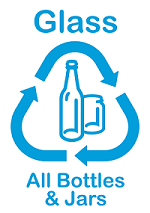 |
Glass bottles and jars are sent to Auckland where they are melted back down for making new bottles and jars. There is currently 63% recycled content in new glass.
|
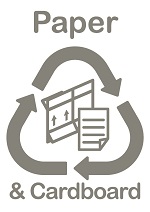 |
Paper and cardboard is processed in Auckland or exported overseas when there is no capacity to process it in New Zealand. It is turned into pulp and made into new paper or cardboard-based products.
Generally, paper can be recycled eleven times before the fibres become too short and virgin product needs to be added.
|
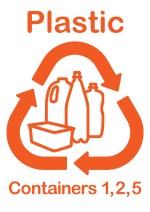 |
Number one plastics (PET) are recycled in Wellington. Number two and five plastics are recycled in Auckland or Palmerston North. All of these materials are washed, chipped and palletised to make various products including new plastic bottles, fruit containers, building materials, children’s toys, and clothing (polar fleece). |
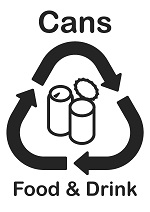 |
Aluminium is sent to Auckland and then to Australia to be smelted back into aluminium ingots for all types of manufacturing – from drink cans to building materials. Steel is also sent to Auckland and is then reformed into light gauge tin sheets for use in the manufacture of corrugated iron or fencing wire. |
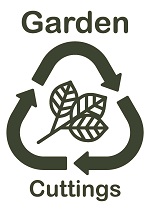 |
Tauranga’s garden waste is sent to Hampton Downs Resource Recovery Centre commercial composting facility.
The nutrient-rich compost is used on gardens, farms and orchards in the Bay of Plenty and beyond.
|
|
Food scraps
|
Tauranga’s food scraps are stored at Maleme Street Transfer station before they are sent to the Hampton Downs Resource Recovery Centre commercial composting Facility.
Learn more about the composting process.
|
Other materials recycled through our transfer stations
Recyclable items collected through Tauranga’s transfer stations such as cars (bodies, batteries and tyres), white ware (such as washing machines, fridges, dishwashers, dryers, etc.), computer hard-drives, fire extinguishers, gas bottles, ovens, microwaves, metals, paint, concrete and mobile phones are either sold for reuse and/or repair or dismantled so the parts can be recycled.
Car tyres can be shredded and used in construction, landscaping, synthetics, and as a raw material for adhesives. Concrete can be reused as aggregate.
Find out more items that can be accepted at the Transfer Station.
Why are recyclable materials sent overseas?
We try to recycle as much as possible onshore, but as a population we currently produce more recyclables than we can process in New Zealand. That’s why it’s always better to reduce what packaging we buy or reuse it at home.
Highly populated countries usually have big processing facilities to manage their recycling and they buy many of New Zealand’s recyclable materials.
Until New Zealand is able to reprocess recycled material onshore, recycling companies remain vulnerable to global market demand for raw materials.
The MRF at Te Maunga is privately managed by Waste Management Ltd who determines which facilities the recyclable materials are sent to for processing and/or exporting.